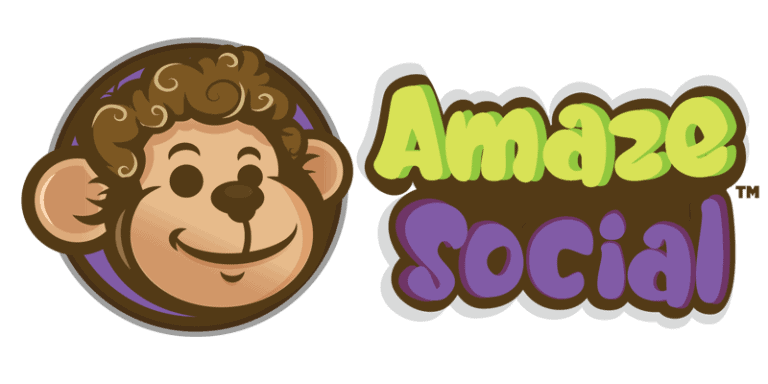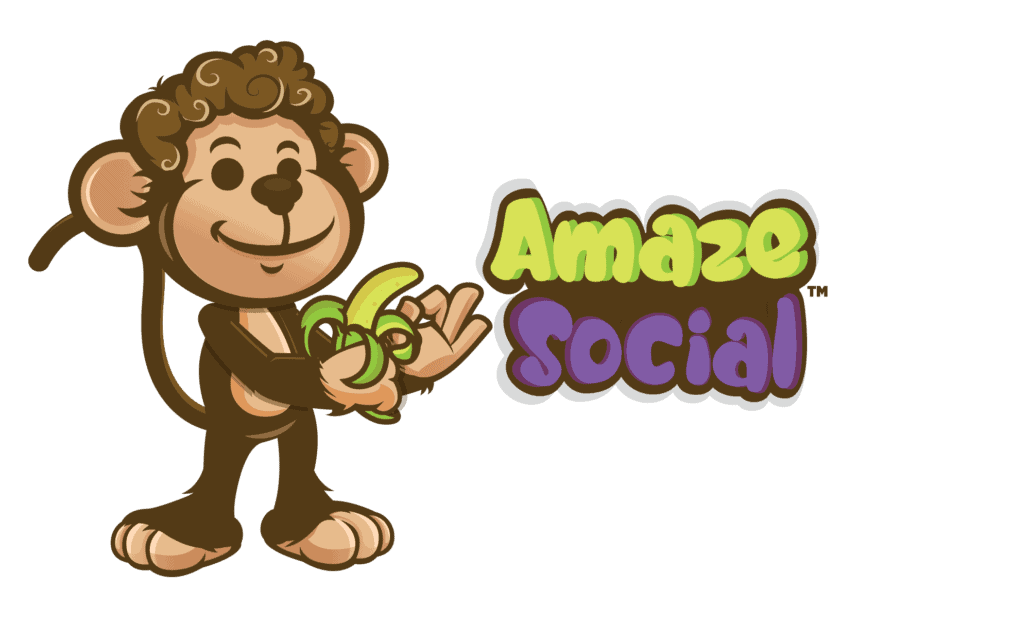A chatbot is a computer program or artificial intelligence (AI) application designed to simulate a conversation with human users, especially through text-based or voice-based interactions. Chatbots are used in various applications and on different platforms, including websites, messaging apps, mobile apps, and customer service systems, to provide automated responses and assist users in finding information, answering questions, or completing tasks.
Key characteristics and components of chatbots include:
- Natural Language Processing (NLP): Chatbots use NLP technology to understand and interpret human language, allowing them to process user input, extract meaning, and generate appropriate responses.
- Dialog Management: Chatbots have a set of predefined responses and decision-making processes that help them engage in conversations and provide relevant information or assistance.
- User Input: Users interact with chatbots by typing messages, speaking commands, or clicking buttons, depending on the platform and user interface.
- Responses: Chatbots generate responses that can be text-based or spoken, and they aim to provide helpful information, answer questions, or guide users through specific tasks.
- Personalization: Some chatbots use data and user profiles to personalize responses and recommendations, making interactions more tailored to individual users.
- Multichannel Support: Chatbots can operate on various communication channels, including websites, messaging apps (e.g., Facebook Messenger, WhatsApp), email, and even voice assistants like Amazon’s Alexa or Google Assistant.
Types of chatbots include:
- Rule-Based Chatbots: These chatbots follow predefined rules and decision trees to respond to user inputs. They are limited to the specific rules programmed into them and do not have learning capabilities.
- AI-Powered Chatbots: These chatbots use machine learning and NLP to understand and respond to user input. They can learn from interactions and improve their responses over time, becoming more conversational and accurate.
- Voice Assistants: Voice-activated chatbots, such as Amazon Alexa and Google Assistant, use speech recognition and synthesis to provide information and perform tasks through voice commands.

